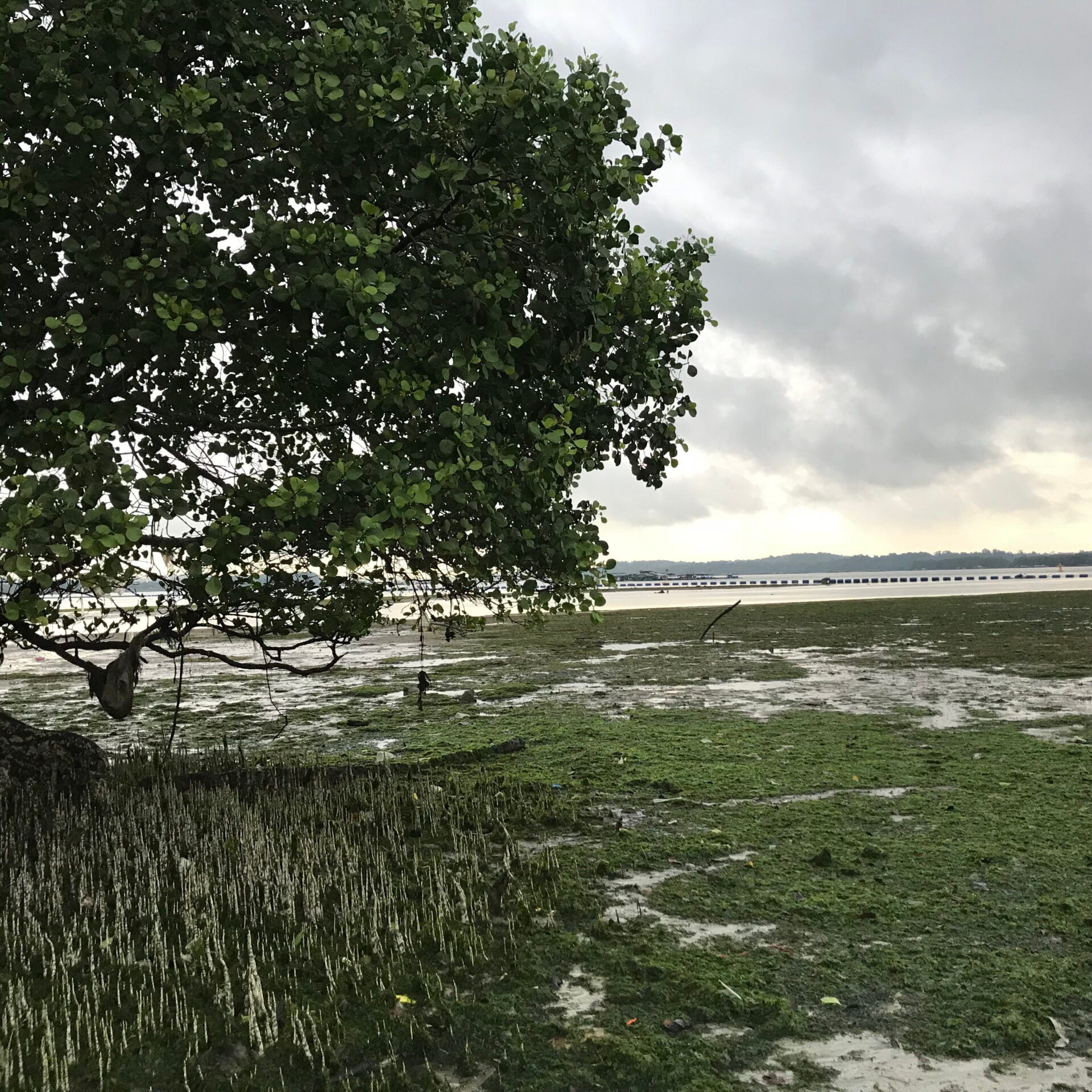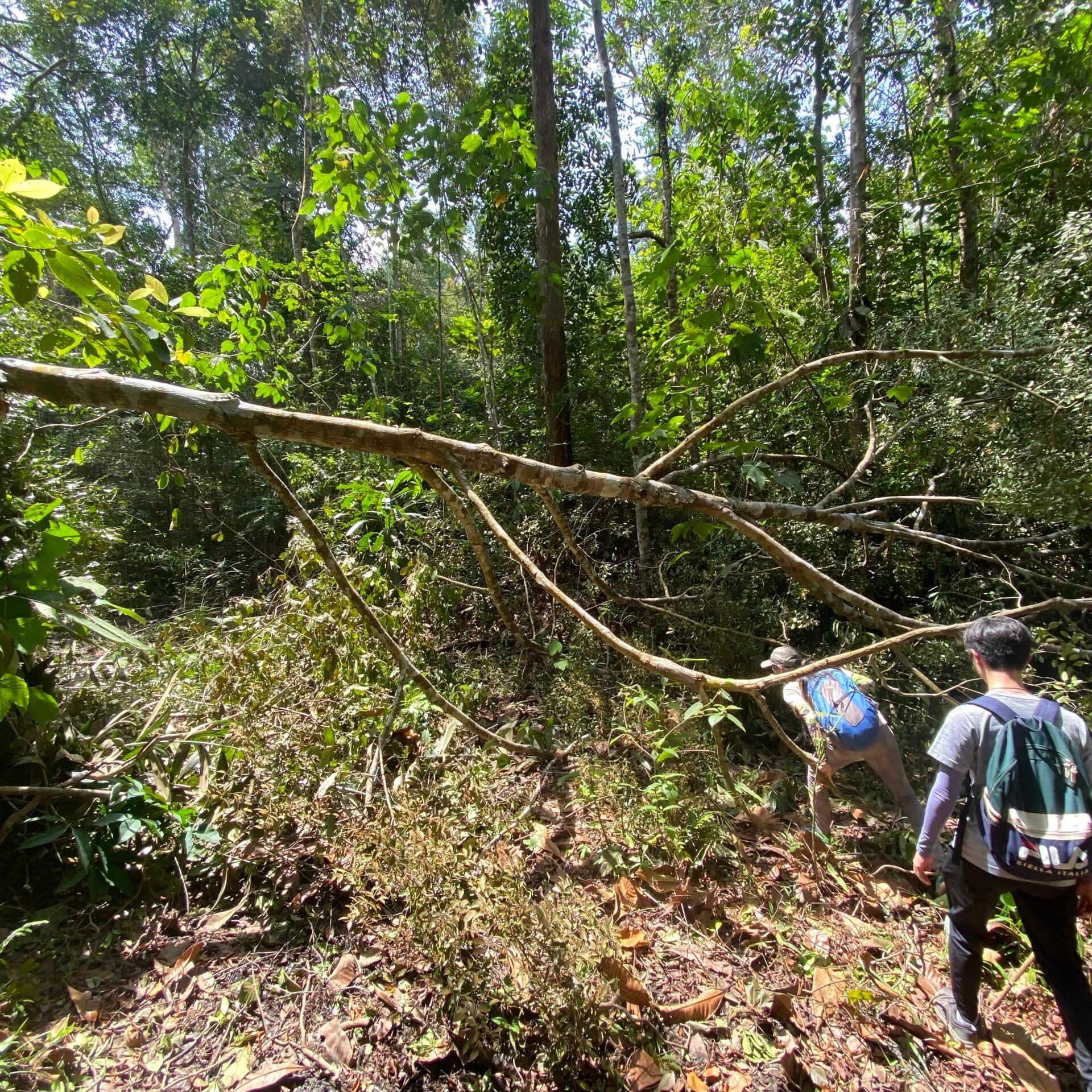Our Research Themes
Our Labs

AEC

PEEB

SpEARS

LAPIS

AEC

SpEARS

PEEB









Hoong Chen Teo, Tasya Vadya Sarira, Audrey R. P. Tan, Yanyan Cheng, and Lian Pin Koh
PNAS
This study highlights the importance of protecting high forest low deforestation jurisdictions (HFLDs) against future deforestation. Such deforestation could release substantial carbon into the atmosphere. Our findings have shown that it is insufficient to base market-based carbon financing on historical deforestation rates. Advances in baselining methods are necessary to achieve adequate market-based carbon financing. By using an empirical multifactorial model, we identify the HFLDs at the highest risk of future deforestation. This emphasizes the need for better baselines to protect these vital forests and mitigate the impact of deforestation on climate change.
Published September 2024Khairun Nisha Binte Mohamed Ramdzan, Zu Dienle Tan, Leah Mary Lilly Denoun, H. Manjari Jayathilake, Annabel Jia Yi Lim, Yiwen Zeng, Hao Tang, and Lian Pin Koh
Centre for Nature-based Climate Solutions, Faculty of Science, National University of Singapore
Final Report
Calculating forest carbon using forest inventory measurements can be laborious, mainly when conducted across an entire forest. As a result, reliance on traditional ground-based methods alone may not provide comprehensive forest information at a broad spatial scale. Instead, remote sensing technologies such as LiDAR (Light Detection and Ranging) and satellite imagery offer invaluable tools for gathering forest information, including tree heights and canopy structure, across vast landscapes. This project incorporated remote sensing technologies and field measurements to pave the way for a cost-effective means of surveying and monitoring nature-based carbon projects. It provides a preliminary estimate of carbon for different forest ecosystem types across Singapore and demonstrated the use of remote sensing technology for potential monitoring of forest aboveground carbon density (ACD). Further, the findings show that remote sensing technology can scale up field measurements and estimate spatially explicit carbon over a larger area. These carbon maps offer valuable insights into carbon sequestration potential, allowing stakeholders from diverse fields to make informed decisions on nature-based solution projects.
Published March 2024Hoong Chen Teo, Tze Kwan Fung, Xiao Ping Song, Richard N. Belcher, Kelly Siman, Ian Z.W. Chan, Lian Pin Koh
Sustainable Cities and Society
Cities can experience losing greenery to urban development, while also pursuing greening efforts. However, whether and how long-term changes in land-use and policies affect ecosystem services and greenery preferences is not well-known, due to the paucity of longitudinal data. We created a novel land cover fraction map in Singapore from 1990 to 2020 using high-resolution satellite imagery, finding an overall decline in greenery area within public housing towns and evidence of greenery intensification in the remaining greenery area. Hedonic pricing analysis suggested positive and increasing marginal effects of greenery area on real estate prices; for each apartment unit this was S$39,130 ± S$15,951 (9.2% ± 3.8% of the average real estate price) during the 1990s; S$46,049 ± S$14,124 (10.9% ± 3.3%) during the 2000s; and S$50,048 ± S$17,079 (11.7% ± 4.0%) during the 2010s. An increased preference for tree cover and decreased preference for grass cover was observed, reflecting long-term changes in urban land-use and greening efforts. Our results suggest that urban greenery has become increasingly valuable to home owners and society in Singapore, occurring alongside decreasing quantity and increasing quality of urban greenery, illustrating how combining careful development with greening efforts can lead to an increase in urban ecosystem services.
Published September 2023Hannes Gaisberger, Tobias Fremout, Lian Pin Koh, et al.
Conservation Biology
Tree diversity in Asia's tropical and subtropical forests is central to nature-based solutions. Species vulnerability to multiple threats, which affect provision of ecosystem services, is poorly understood. This paper conducted a region-wide, spatially explicit assessment of the vulnerability of 63 socioeconomically important tree species to overexploitation, fire, overgrazing, habitat conversion, and climate change.
Published June 2022